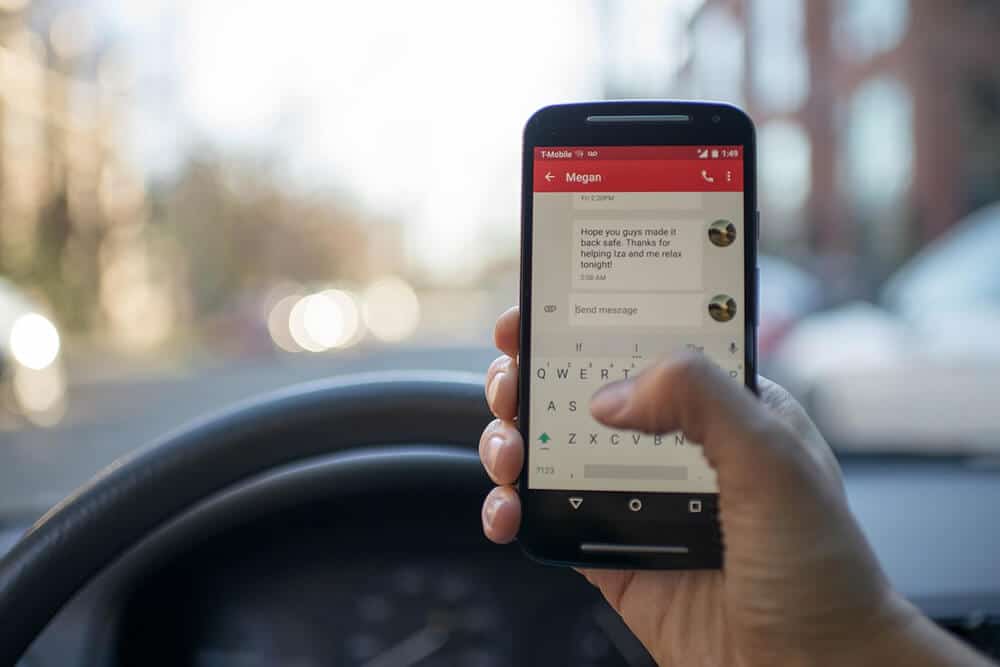How Many Car Accidents Are Caused by Potholes?
You’re driving down the road and out of nowhere, you see it. There’s a hole in the road and you’re heading right for it and—you hit it. Potholes are a common issue in roads all over the country, and Chicago is no exception. While many may think of potholes as a nuisance, they can be much more than that. Potholes also a cause car accidents, which can lead to severe injuries and damages.
How Do Potholes Cause Car Wrecks?
When the temperature drastically changes between seasons and there’s constant pressure from thousands of vehicles every day on a road, asphalt naturally develops weak spots. Parts of it will crack and chip away, eventually forming a pothole. Areas that consistently have high amounts of traffic and have poor drainage are more susceptible to developing potholes. These can range from small issues that you may not even notice if you drive over them to wide and deep potholes that can cause damage to your vehicle.
















